Indonesian Mantning Coffee Bean and Jamaica Blue Mountain Coffee Bean Flavor Characteristics Taste Difference
I don't know if there are a few questions in your mind: is Indonesia Manning Arabica coffee? Why are blue mountain coffee beans so expensive? What is the difference in taste between Indonesian Mantenin and Blue Mountain Coffee beans?
For the above, Qianjie Coffee has written a lot of articles about sharing and introduction, and has also done a lot of comparative experiments to share.
First,
Let's first take a look at Indonesia's Mantenin coffee beans.
The most famous in Indonesia is the Mantenin coffee bean. Qianjie Coffee currently offers four different flavors of Indonesian Mantenin coffee beans, one of which is the famous Indonesian PWN gold Mantenin.
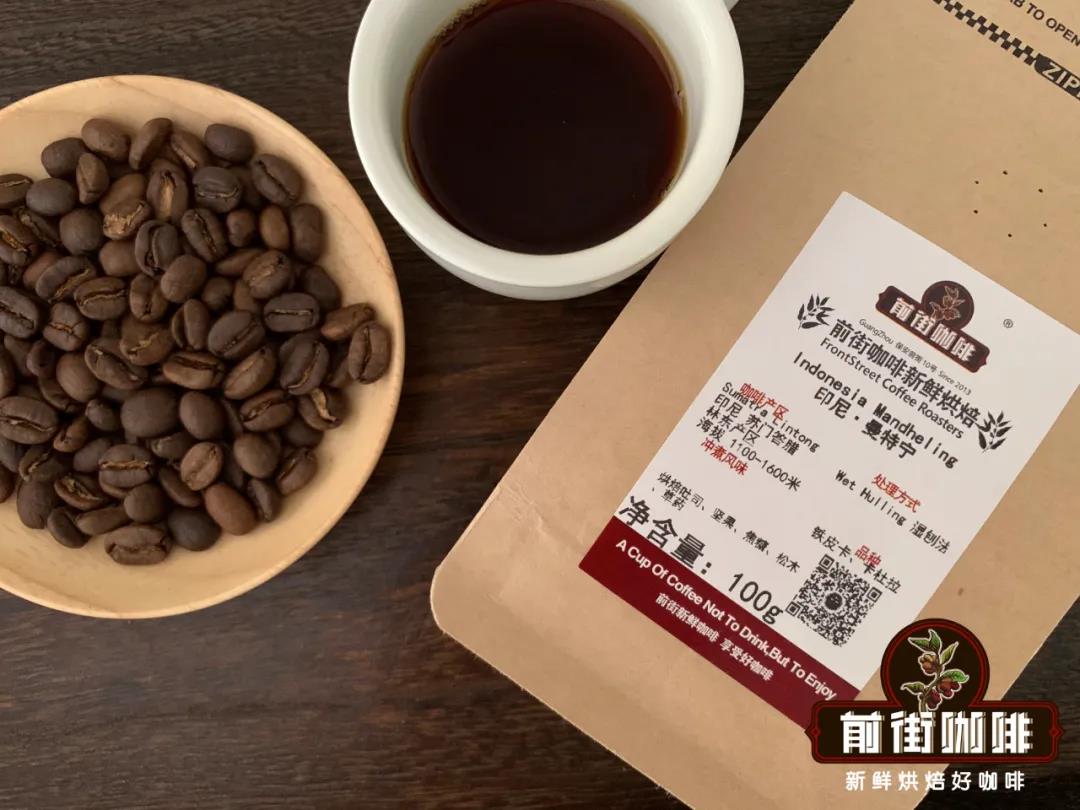
Guests often ask Qianjie, "what's the difference between your Indonesian PWN gold mantenin coffee beans and ordinary Indonesian mantenin coffee beans?"
In fact, no matter from the appearance or taste, we can clearly distinguish the difference between Indonesia PWN gold Mantenin coffee beans and ordinary Indonesian Mantenin coffee beans. However, Qianjie coffee through careful comparison after brewing found: Indonesia PWN gold Mantenin coffee beans in the flavor performance is cleaner, clear, layered than ordinary Indonesian Mantenin coffee beans! The biggest reason is that Indonesia PWN gold mantenin coffee beans have been screened manually for more than 3 times; the selected beans are more than 18, which makes the grain size of Indonesian PWN gold mantenin coffee beans very uniform, so its flavor will naturally be more balanced.
Qianjie Coffee Origin of Indonesian Manning Coffee Bean
Indonesia is located in southeastern Asia, and its coffee history dates back to 1696. Coffee farmers in the Netherlands tried to find a wider place to grow coffee and finally identified the Indonesian island of Java. After 30 years, Indonesia has laid a sufficient foundation in the coffee market. Most of the Java coffee sold to Europe comes from Sumatra, and Mantenin comes from Sumatra. So Sumatra can be said to be an important coffee producer in Indonesia.
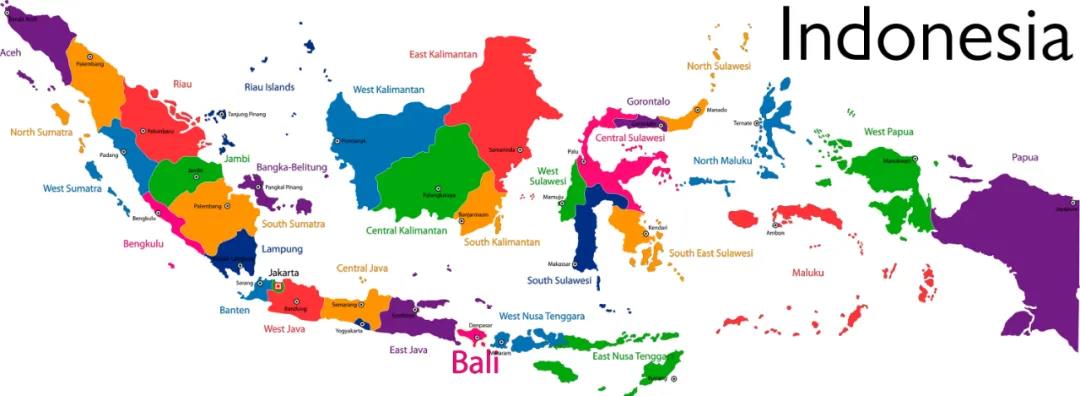
The name "manning" is very different from other coffee beans. It is not the name of the producing area, place, port, or even the name of the coffee variety (such as "Yegashifi" or "Sidamo" is an African name). The name "manning" is just a phonetic mispronunciation of the Indonesian mandheling people.
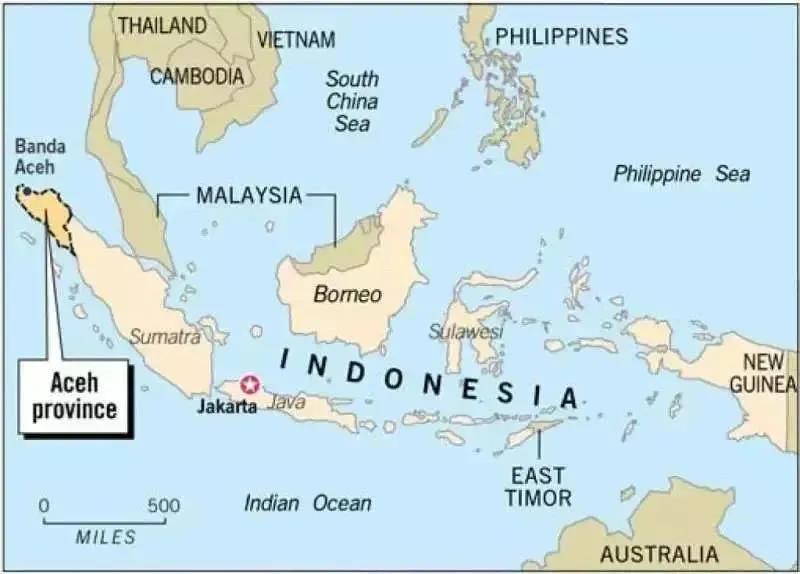
But why does this nation have anything to do with coffee? As a matter of fact, there is a legendary saga.
During World War II, Japan occupied Indonesia. One day, when a Japanese soldier drank a delicious coffee in a coffee shop, he immediately asked the owner the name of the cup of coffee, but because of the language gap, the coffee shop owner thought the officer was asking, "where are you from?" Then he replied, "mandheling."
Well, after the end of World War II, this Japanese soldier recalled that this "Mantenin" coffee he had drunk in Indonesia at that time, from asking an Indonesian broker to transport 15 metric tons of manning for him to Japan, was very popular in the Japanese coffee market. So the name "Manning" has been handed down to this day. (the broker created Pwani Coffee Company, or PWN, a famous coffee company in Indonesia today, which is also the trademark owner of Gold Manning.)

Introduction to the special treatment of Indonesian Sumatra coffee beans in Qianjie coffee
Indonesia's Mantenin coffee beans are mostly treated with a unique Sumatran method: wet planing. As the local weather is often dominated by Rain Water, with continuous typhoons, it is unable to achieve the good weather needed for the sun, and the local economy is not good, so it is also impossible to use the more expensive way of washing, thus giving rise to the wet planing method with local characteristics.

In the first stage, the peel and pulp were removed by a wooden peeling machine, and after fermentation for 3 hours, the moisture content was reduced to 30-50% of semi-dry and semi-wet. In the second stage, the pectin and sheep skin were removed and the latter part of the drying process took 2-4 days, and the moisture content was reduced to 12-13%.
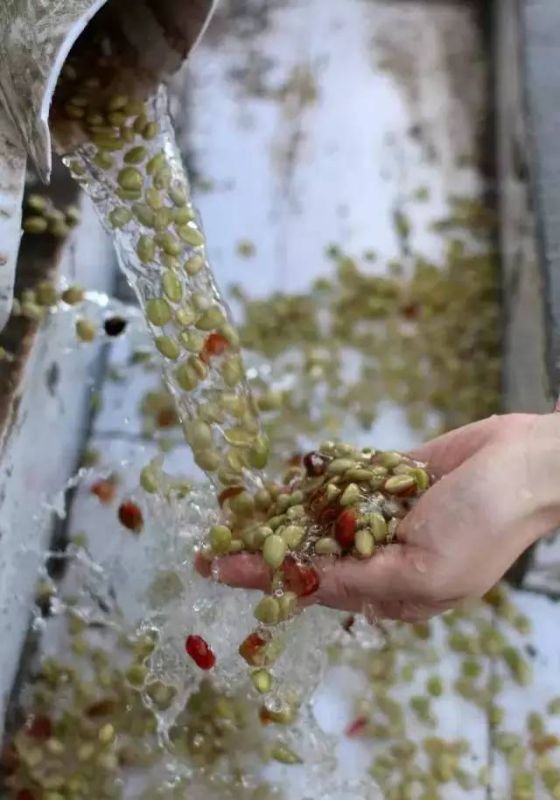

So, what are the common manning? Next, four Indonesian Mantenin coffee beans from Qianjie Coffee are shown. They are Lin Dong Manning coffee beans, PWN gold Mantenin coffee beans, Tiger Mantenin coffee beans, and old Mantenin coffee beans.
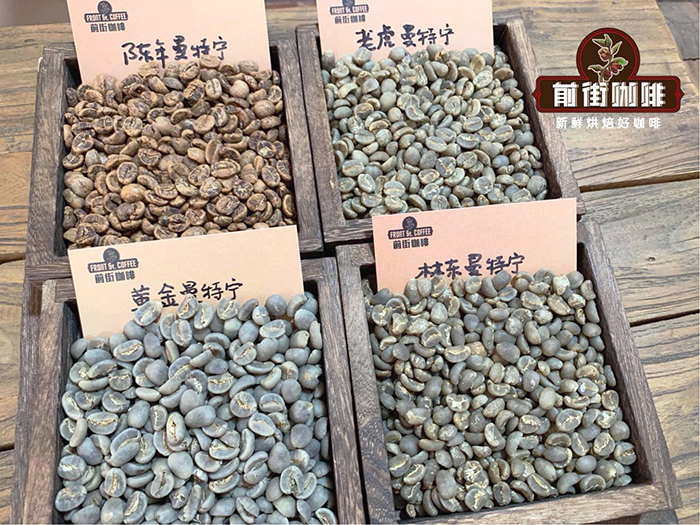
1 / Front Street Coffee Indonesia Lindong Manning Coffee beans
Produced in the Lindong area of the boutique Mantenin, beans are larger particles, beans are harder. Indonesian coffee is very diverse in quality, but usually we mean Tibika or its variants grown in the mountains around Lake Toba. Coffee gourmets around the world once commented: "Sumatra Manning Coffee is the best coffee in the world."
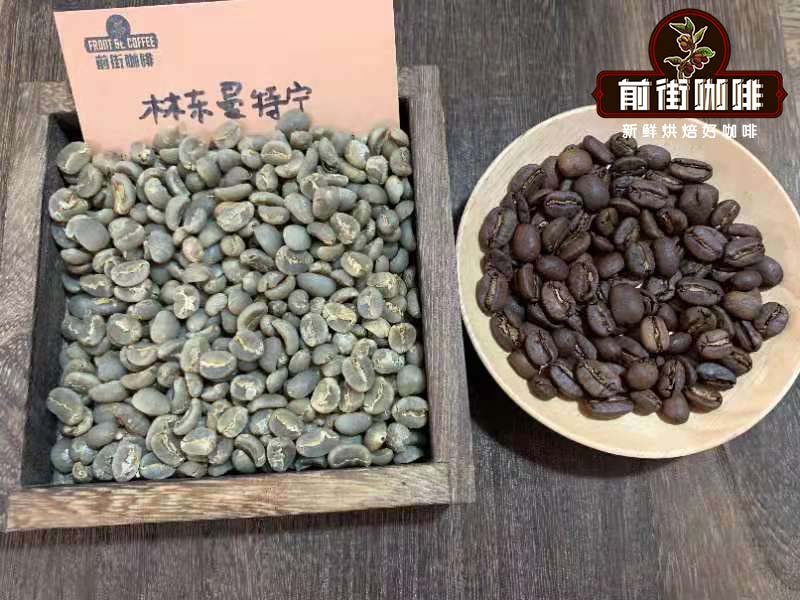
Mantenin coffee beans have larger particles and harder beans, because there are many defects, so they need to be strictly selected in the process of coffee processing. Manning coffee is an indispensable variety of mixed coffee. The coffee is rich in flavor, sweet, bitter and mellow, with a little sweetness and slightly sour taste.

Qianjie Coffee Lin Dong Manning Coffee beans
Producing area: Lindong producing area
Altitude: 1100-1600m
Variety: iron pickup, Kaddura
Treatment method: wet planing method
2 / Qianjie Coffee Indonesia PWN Gold Manning Coffee beans
Gold manning is registered as a trademark by the Indonesian company PWN, so gold manning becomes the exclusive property of PWN.
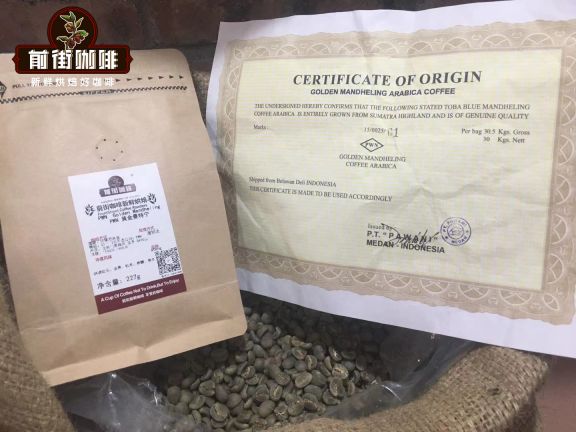
Gold manning is produced in the GAYO Mountains of Aceh in North Sumatra. The variety is Ateng, and Ateng is a hybrid between Arabica and Robusta, widely cultivated in Sumatra and other Indonesian islands. In fact, it is a branch of Catimor. Ateng is a local name. Gold Manning 19 items have been manually selected for four times, and the quality requirements are higher.
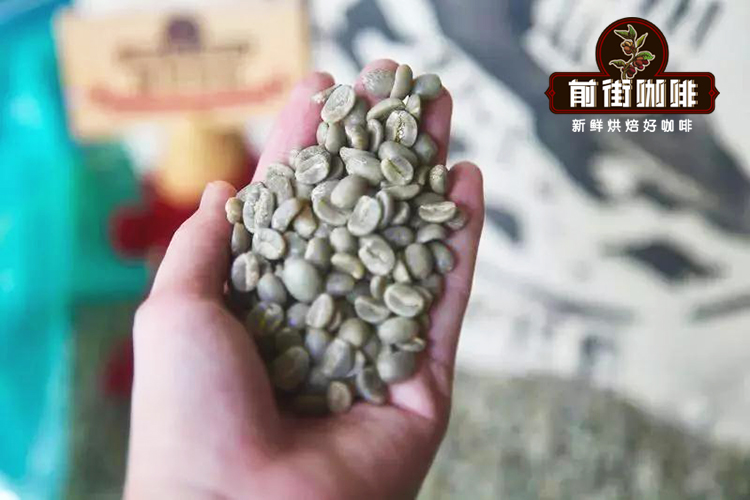
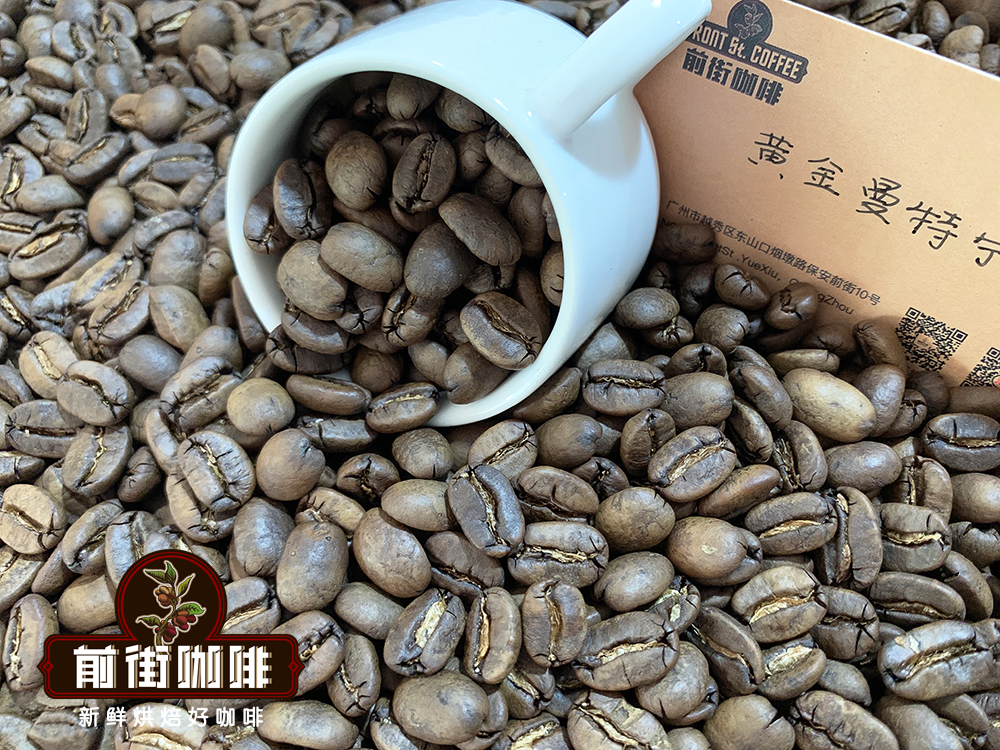
Front Street Coffee Indonesia PWN Gold Manning Coffee Bean
Producing area: GAYO Mountain in Aceh
Altitude: 1100-1600m
Variety: iron pickup
Treatment method: wet planing method
Qianjie Coffee PWN Gold Manning is one of the best. Qianjie Coffee PWN Gold Manning Coffee Bean is a selection of top coffee from Pawani, an Indonesian raw bean company. PWN Gold Manning is a trademark, which has been built into the top coffee brand in Indonesia. As such, Pawani is also looking for and buying high-quality coffee beans all over Sumatra.

The new season's Qianjie coffee PWN Gold Manning's coffee variety is "Ateng". This seems to be a very strange variety of coffee. In fact, the local names for coffee varieties in Indonesia are not quite the same. For example, the Indonesian name Tim Tim is what we call Timor (Tim). And Ateng is the name of Indonesian localized Catimor (Katim). Ateng is very suitable for planting and flavor development in Aceh.
3 / Qianjie Coffee Indonesian Tiger Mantenin Coffee beans
Only Mantenin coffee beans with a defect rate of less than 4% above 17 mesh can be called tiger manning coffee beans.
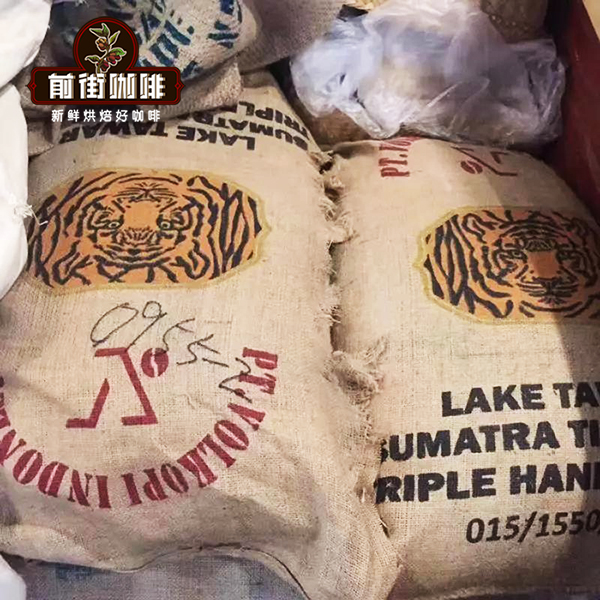
The main beans of tiger Mantenin coffee beans are Kaddura and iron pickup. Kaddura has sour citrus and lemon flavors, while the iron pickup has a long, sweet finish. The overall taste of this tiger Mantenin coffee bean is uniform and clean.
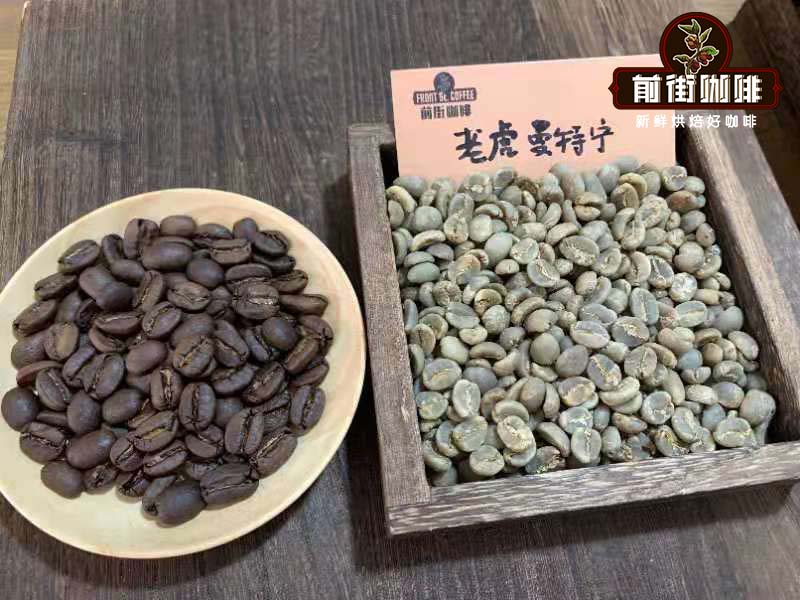
Front Street Coffee·Tiger Mandning Coffee Bean
Production area: Aceh
Altitude: 1500m
Breeds: Iron Pickup, Cadura, Sidikalong
Treatment: wet planing
3/Front Street Coffee·Indonesian aged mantinin coffee beans
Aged coffee beans do not mean beans that have been placed for a long time at random, which is absolutely not allowed. Because coffee beans put a long time will be the same corruption, coffee beans will change from fresh cyan to white, and then to yellow, and finally become tasteless, and even grow insects. Like aged wine, green beans must be properly processed and stored for a long time before they can be called truly aged coffee.
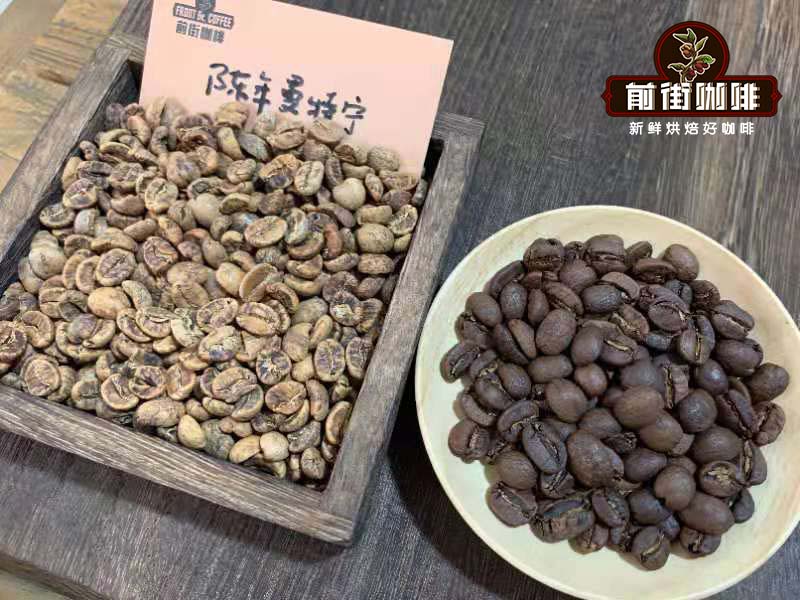
Qianjie Coffee aged Mandenin Coffee beans
Producing area: Sumatra
Variety: iron pickup
Treatment method: wet planing method
What are old coffee beans? Raw beans are naturally aged by prolonging the storage time (usually 2-3 years). These changes include weakening of acidity, color change and thickening of beans. The storage environment must be cool and ventilated. Because the storage environment is dark and for a long time, aged coffee is always difficult to get rid of complex flavors such as musty taste or commonly known as sacks or leather.
Qianjie coffee Indonesia Manning coffee beans brewing and sharing
The grindness of brewing Mantenin coffee beans is slightly thicker than that of light roasted coffee beans (0.85mm screen pass rate is 80% PereEk 43s choose about 10 grades), which is different from shallow roasted coffee beans that need to highlight the producing area and increase layering. Qianjie Coffee wants guests to get a fuller and mellow taste, so KONO filter cup is chosen to brew. In terms of powder quantity, Qianjie Coffee uses 15g coffee beans with a powder-to-water ratio of 1:15, that is, 225g of water; in terms of water temperature, 88 ℃ of water is used to reduce the bitterness caused by high temperature extraction.

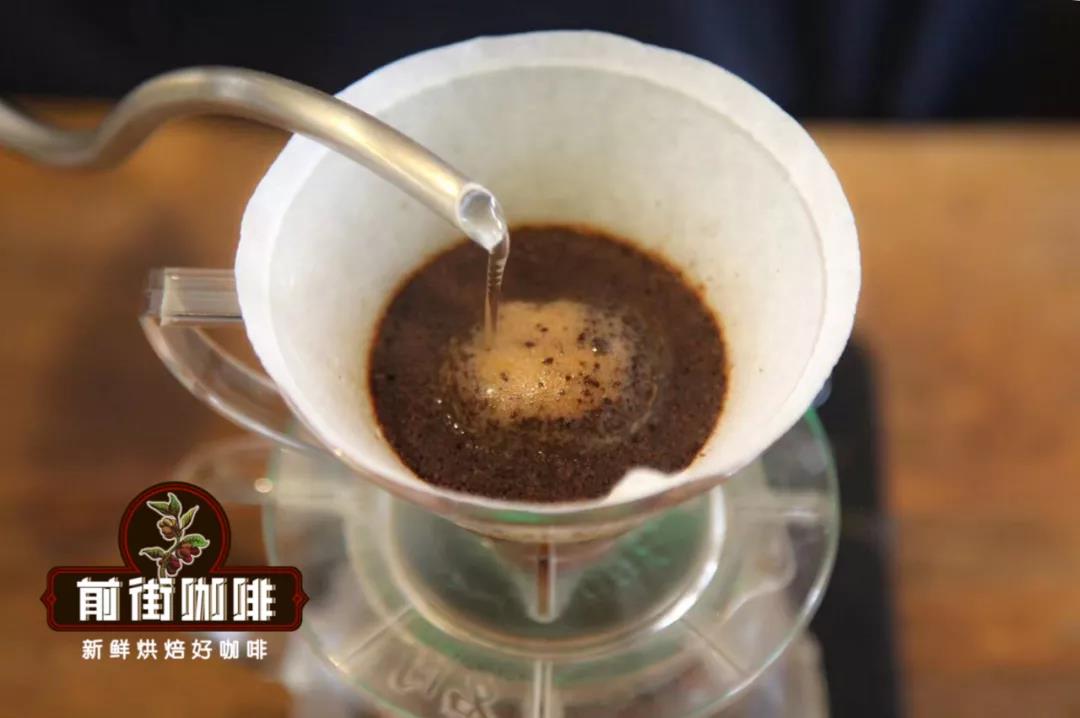
The standard amount of powder for Qianjie coffee is 15 grams, with a powder-to-water ratio of 1:15. First preheat the filter cup, slowly pour in the coffee powder, try to flatten it as much as possible, avoid shaking vigorously, or even pat the filter cup. The coffee powder layer will slowly expand into a "hamburger" when 30g water is injected in a small circle in the middle of the first section for 30 seconds, and 100g water is injected outward in the center of the second section, the water injection height is as close to the powder layer as possible, the action is slow, and excessive mixing is avoided. In the last paragraph, 95g is injected, also in a small circle around the center. All the coffee liquid from the filter cup flows into the next pot to finish the extraction. The extraction time is between 1 minute and 50 seconds to 2 minutes.
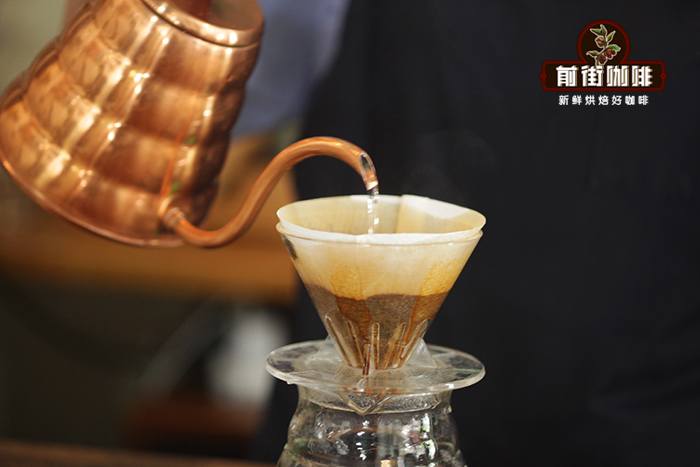
OK, after introducing Manning, let's talk about Jamaican Blue Mountain Coffee beans.
What kind of coffee does Jamaica Blue Mountain Coffee Bean belong to?
Blue Mountain Coffee is famous for its clean taste and chocolate flavor. Coffee has been grown in the Blue Mountains since the 18th century (of course, a few years ago, Jamaica introduced Yegashifi coffee and Panamanian roses for research). And the authentic Blue Mountain No. 1 coffee beans we can taste are 100% iron pickup coffee.


The tinka coffee is the oldest Arabica. The top leaves are bronze, the leaves are long oval, the leaves are smooth, the tree body is tall, the branches are slightly inclined, the flavor is elegant, but the constitution is weak, the disease resistance is poor, and the coffee yield of each tree is very low. The coffee tree of the iron pickup variety has long branches at the end, few branches, and white flowers, which open at the base of the petiole connecting the branches. The mature coffee fruit is bright red and cherries in shape. The coffee bean body is oval or thin and pointed.
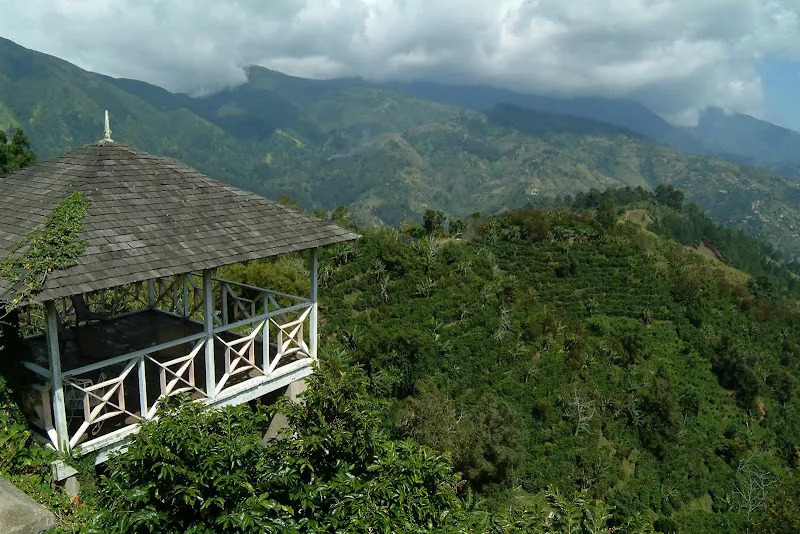
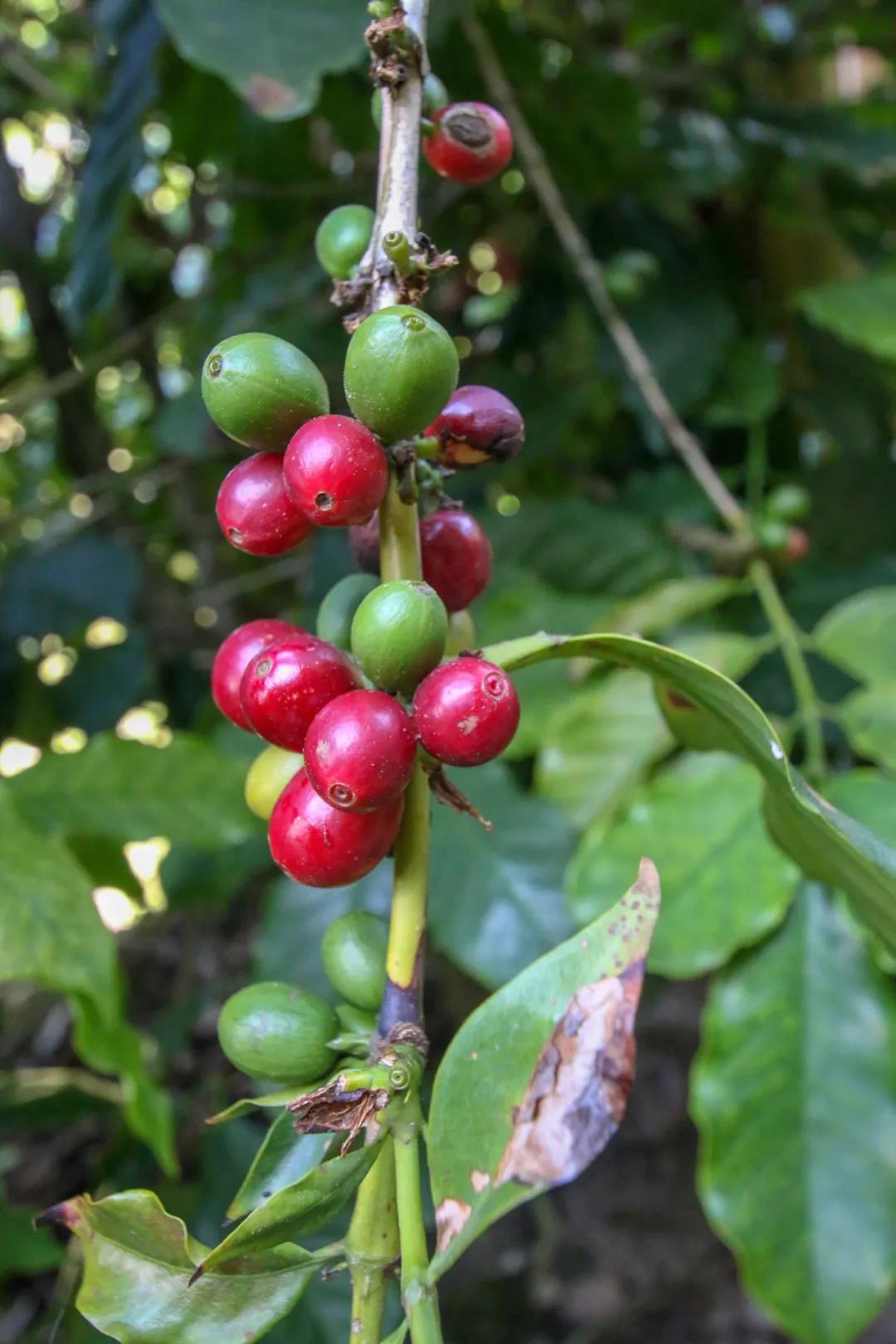
What is the flavor of Jamaican Blue Mountain coffee beans?
The excellent quality of Blue Mountain coffee beans gives it a clean taste. In the era of medium and deep baking, Blue Mountain coffee beans tend to show a balance of sweet and sour, with slight notes of nuts and chocolate, and the aftertaste is very comfortable. It represents the highest quality of coffee and is a veritable king of coffee.
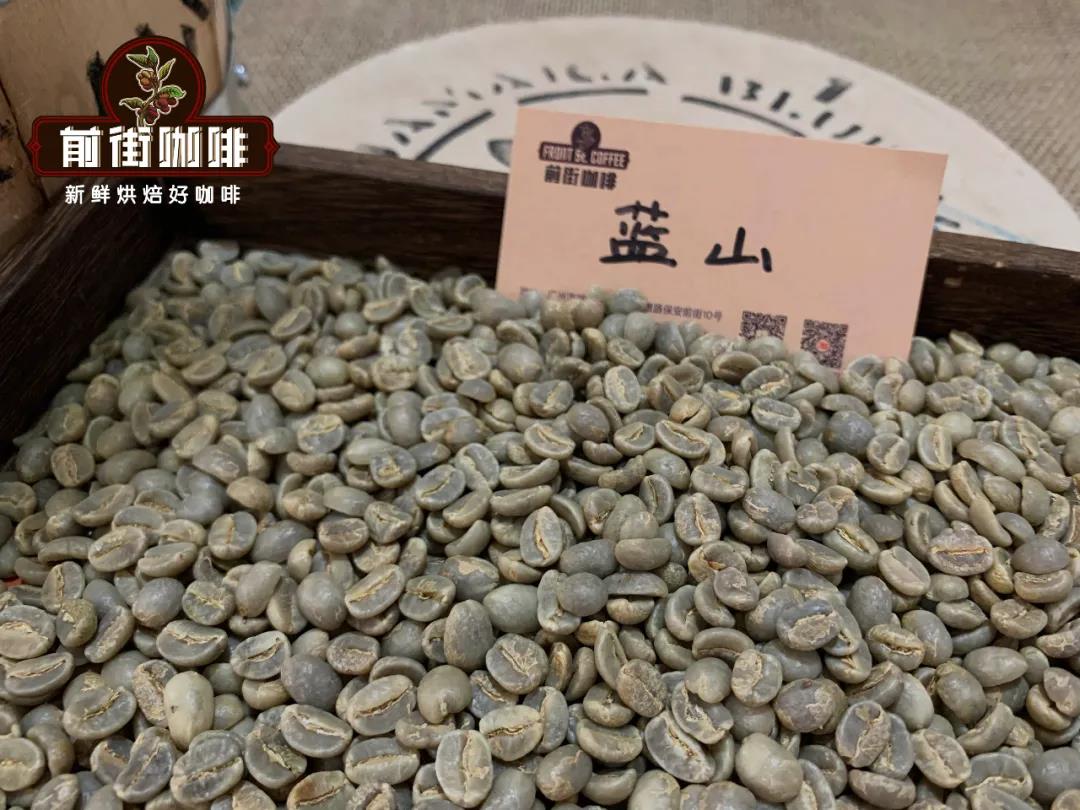
How to tell the true and fake Jamaican blue mountain coffee beans?
There is often a kind of blended coffee with Blue Mountain flavor on the market, but the so-called "Blue Mountain blending" has nothing to do with Blue Mountain.
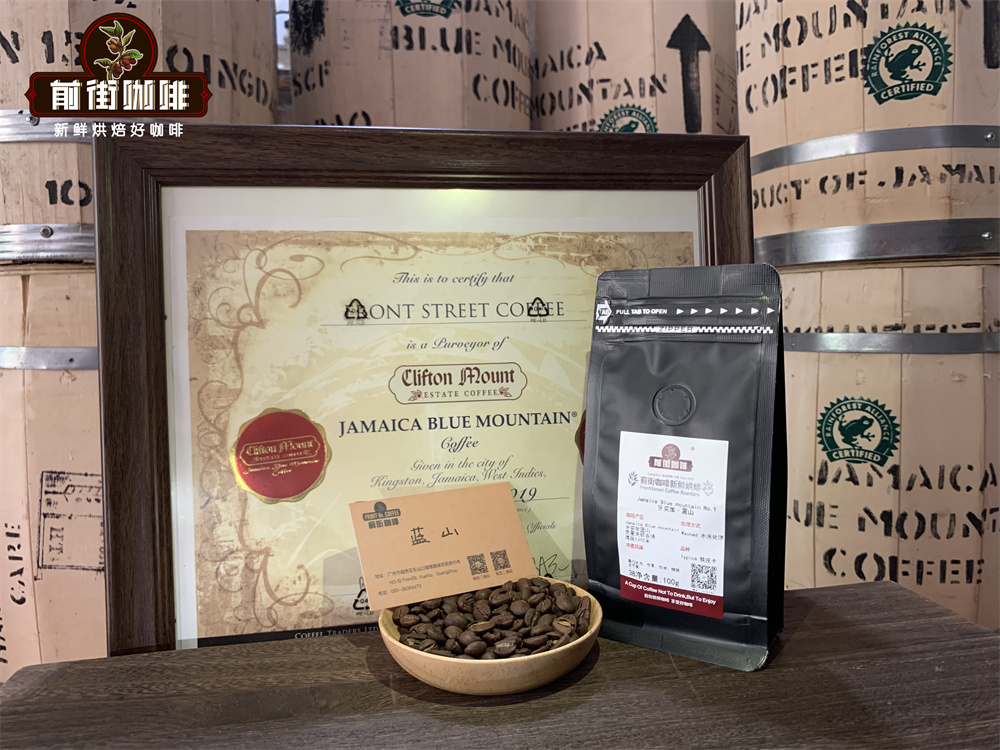
The reason for this is that the early Blue Mountain coffee is rare and expensive, and the operator uses mixed beans and deep roasting to make coffee close to the blue mountain taste according to the blue mountain flavor. therefore, conscientious merchants in domestic and foreign markets will tell customers that this is a comprehensive blue mountain, blue mountain flavor, blue mountain style coffee beans, not real blue mountain coffee. According to the official CIB, the first time Chinese mainland imported Blue Mountain Coffee was 1000 barrels of Blue Mountain Coffee (specification: 70kg) imported by Hangzhou Coffee and Western Food Association in 2011.
So since 2011, the era of Blue Mountain Coffee with formal channels in China and Japan's monopoly on Blue Mountain has come to an end.
As for how to tell the true blue mountain from the false blue mountain, someone may teach you to tell it from the bean appearance, aroma and taste. However, it is believed that most people do not have a deep understanding of coffee beans, so to tell whether it is true or not, you only need to ask the store to provide the certificate and bucket of Blue Mountain Coffee to find out whether it is true or not.
There are three types of certificates:
1 / Certificate of quality issued by the Jamaican Coffee Bureau.
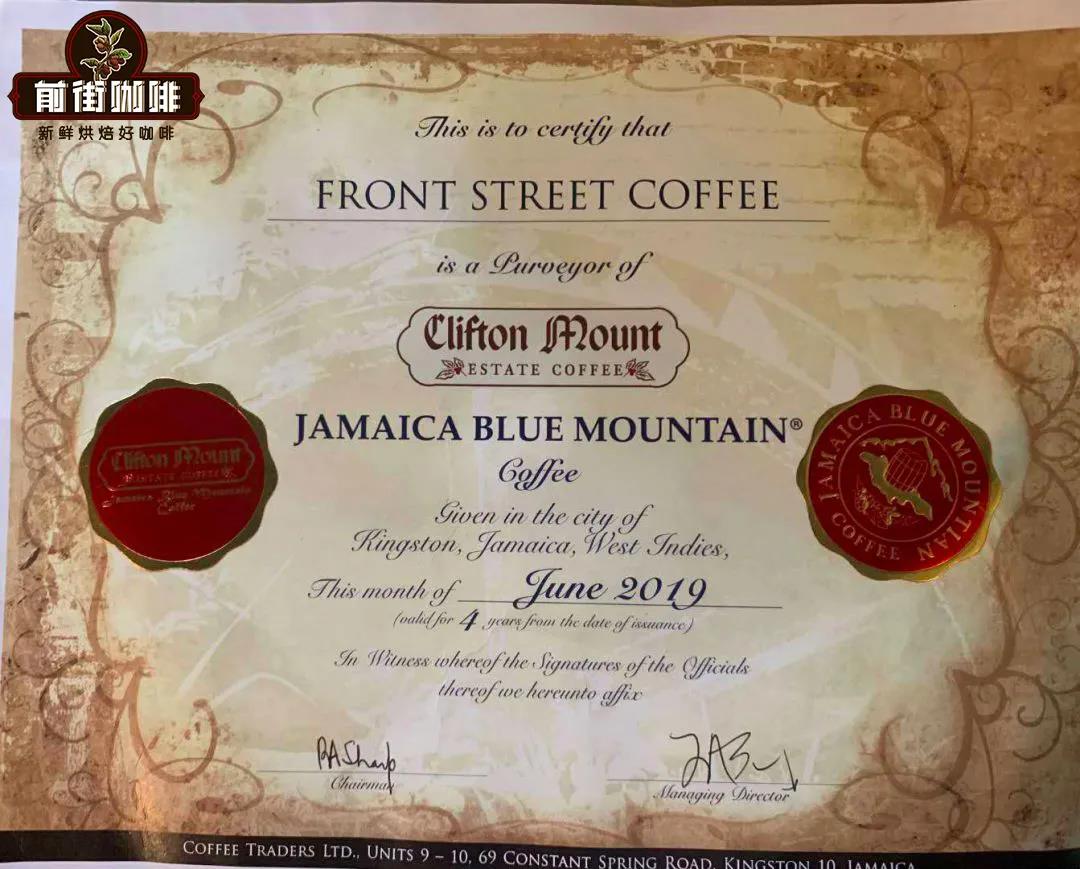
2 / the authorized sales certificate issued by the blue mountain coffee bean manufacturer.
(blue Mountain Coffee is distributed by 4 processing producers licensed by the Jamaican government and exported by 16 licensed exporters)

3 / certificate of origin of Jamaica Blue Mountain Coffee beans.
The Blue Mountain Coffee beans of Qianjie Coffee are passed through Blue Mountain Coffee, which is designated by the National Coffee Bureau as an export company to hold raw beans in buckets and rainforest certified Blue Mountain coffee beans.
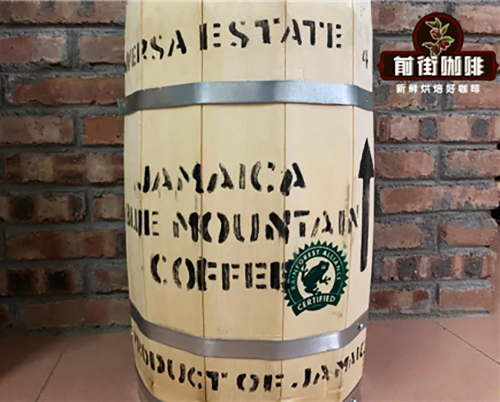
Front Street Coffee Jamaica Blue Mountain Coffee Bean handling
In the past, Blue Mountain Coffee was only treated with water, but since last year, it has been tried to use sun treatment to treat the fruits of Blue Mountain Coffee. This year, Qianjie Coffee has also been able to catch a glimpse of the fragrance of Blue Mountain.
After washing, the peel and pulp were removed by machine, and then the pectin layer was removed by fermentation. the fermented coffee beans were dried to about 12% moisture content, and finally stored until export. After the sun treatment, the coffee fruit was dried directly, and the moisture content was reduced to about 11%, and then the pulp and other parts were removed.

Introduction to the treatment of Jamaican Blue Mountain Coffee beans in Qianjie Coffee
Until 19 years ago, Blue Mountain Coffee at Clifton Farm had been washing raw coffee beans. During the treatment, first remove the peel and pulp and let it ferment for 12 hours and 18 hours, then put the fermented beans into the pool and pass them back and forth, using the friction of the beans and the power of running water to wash the coffee beans until smooth and clean. After washing, at this time, the coffee beans are still wrapped in the pericarp with a moisture content of 50%. They must be dried to reduce the moisture content to 12-14%, otherwise they will continue to be mellow, moldy and rotten.
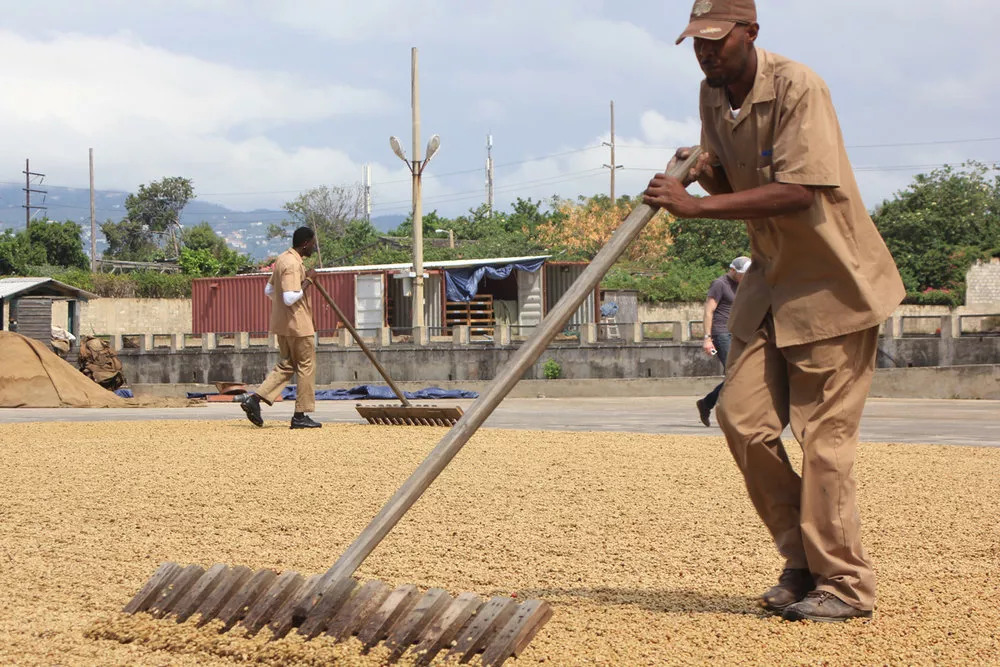
After that, the coffee beans are screened and stored in a special warehouse. The washing method ensures that the aroma of Blue Mountain Coffee is rich, the taste is balanced, and there is no outstanding or lacking essence of taste. In 2019, Clifton Farm broke through the original inherent model and used solarization treatment for the first time. Under the influence of the market, Blue Mountain Coffee conducted a tanning experiment in 2019 and began to export small batches of Blue Mountain for the first time in 2020.
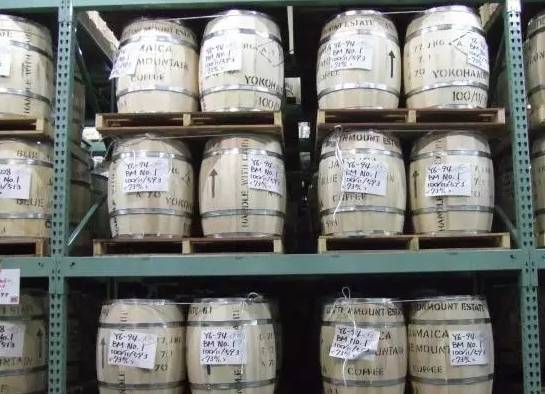
For Qianjie, this kind of sun-dried Blue Mountain coffee changes the inherent flavor structure of Blue Mountain because of its change of treatment. Every time Qianjie Coffee introduces coffee beans in a certain producing area to guests, it will first recommend washed coffee beans. It is because washing can best represent the flavor of the producing area.
Of course, Blue Mountain Coffee uses sun treatment, more or follow the development of the market.
Front Street Coffee washing Jamaica Blue Mountain No. 1 Coffee Bean brewing and sharing

Front Street Coffee one Blue Mountain, Jamaica
Producing area: blue Mountain producing area of Jamaica
Manor: Clifton
Altitude: 1310 m
Variety: iron pickup
Treatment: washing

The powder-to-water ratio used in the front street is 1:15 and the grinding degree is 75% of the standard pass rate of No. 20. Qianjie hopes to highlight the characteristics of Blue Mountain Coffee: balanced, mellow and soft acidity; the water temperature is 88 degrees. In the choice of filter cup, the first consideration is to use KONO filter cup, kalita ladder filter cup, flannel and other slower instruments.


Qianjie coffee is extracted by stages, stewing with 30g water for 30s, injecting water in a circle to 125g by small water flow, continuing to inject water until 230g when the water level drops and is about to expose the powder bed, removing the filter cup when the water level drops and is about to expose the powder bed, and extracting for 200 ".

Qianjie coffee washing blue mountain coffee beans brewing flavor
The taste is very clean, complex, very mild, chocolate sweet, very mellow. The taste is full-bodied and mellow, with a perfect combination of sweet, sour and bitter coffee, with no bitterness at all, only a moderate and perfect sour taste and a long fruity finish.
Qianjie Coffee Sun Blue Mountain Coffee beans brewing Flavor
Slightly sour berries, reminiscent of plums and mulberries, well balanced, black cocoa and nutty flavors, with a slight sense of fermentation and smoke.

By comparison, compared with the washed Jamaican Blue Mountain No. 1 coffee, the sun-dried Jamaica Blue Mountain No. 1 coffee shows a slight acidity of berries, reminiscent of plum and mulberry, as well as a slight sense of tea.
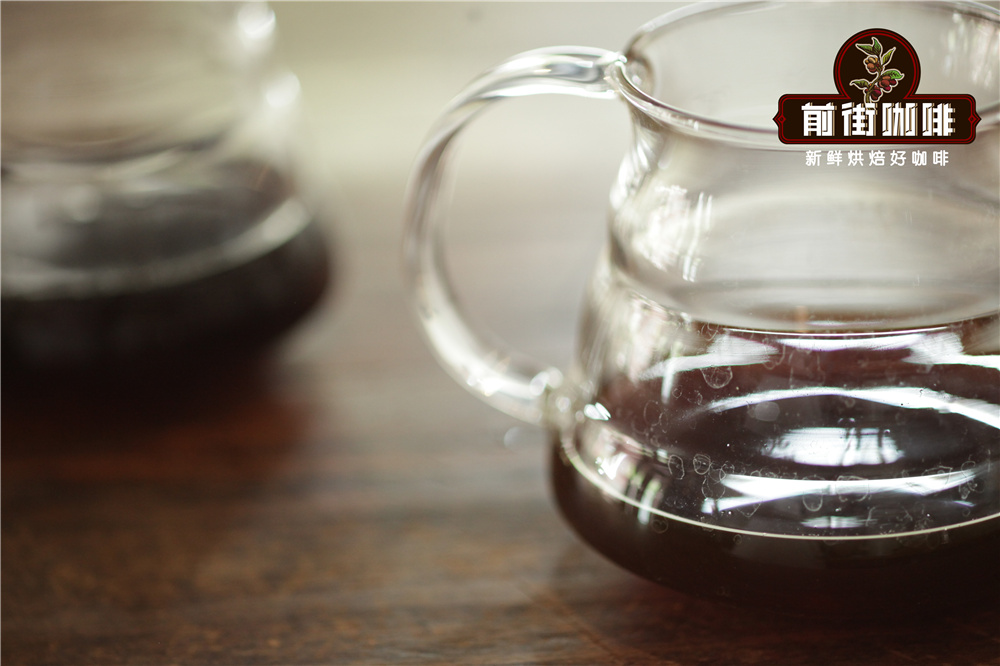
For more information about coffee beans, please follow the coffee workshop (Wechat official account cafe_style)
For professional coffee knowledge exchange, please add WeChat kaixinguoguo0925.
Important Notice :
前街咖啡 FrontStreet Coffee has moved to new addredd:
FrontStreet Coffee Address: 315,Donghua East Road,GuangZhou
Tel:020 38364473
- Prev
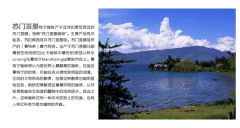
What do you mean by Shuangman in the two lakes? What are the Manning characteristics of Shuangman in the two lakes?
Mantenin Coffee is produced in Lake dopa in Sumatra Province and Lake Tawa in Aceh, which is known as Shuangman. What Shuangman of the two lakes have in common is that they are both thick and mellow. the difference is that the mantenin of Lake dopa is more stuffy, low and even has the smell of immortal grass, while Mantenin of Lake Tawa is more acidic, sometimes with a smell of cedar or wood. Manning is not a coffee bean.
- Next
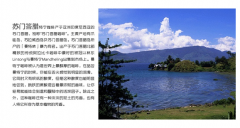
What is the difference between the two lakes Shuangman Manning and the Jamaican Blue Mountains?
Mantenin Coffee is produced in Lake dopa in Sumatra Province and Lake Tawa in Aceh, which is known as Shuangman. What Shuangman of the two lakes have in common is that they are both thick and mellow. the difference is that the mantenin of Lake dopa is more stuffy, low and even has the smell of immortal grass, while Mantenin of Lake Tawa is more acidic, sometimes with a smell of cedar or wood. Manning is not a coffee bean.
Related
- Detailed explanation of Jadeite planting Land in Panamanian Jadeite Manor introduction to the grading system of Jadeite competitive bidding, Red bid, Green bid and Rose Summer
- Story of Coffee planting in Brenka region of Costa Rica Stonehenge Manor anaerobic heavy honey treatment of flavor mouth
- What's on the barrel of Blue Mountain Coffee beans?
- Can American coffee also pull flowers? How to use hot American style to pull out a good-looking pattern?
- Can you make a cold extract with coffee beans? What is the right proportion for cold-extracted coffee formula?
- Indonesian PWN Gold Mandrine Coffee Origin Features Flavor How to Chong? Mandolin coffee is American.
- A brief introduction to the flavor characteristics of Brazilian yellow bourbon coffee beans
- What is the effect of different water quality on the flavor of cold-extracted coffee? What kind of water is best for brewing coffee?
- Why do you think of Rose Summer whenever you mention Panamanian coffee?
- Introduction to the characteristics of authentic blue mountain coffee bean producing areas? What is the CIB Coffee Authority in Jamaica?

